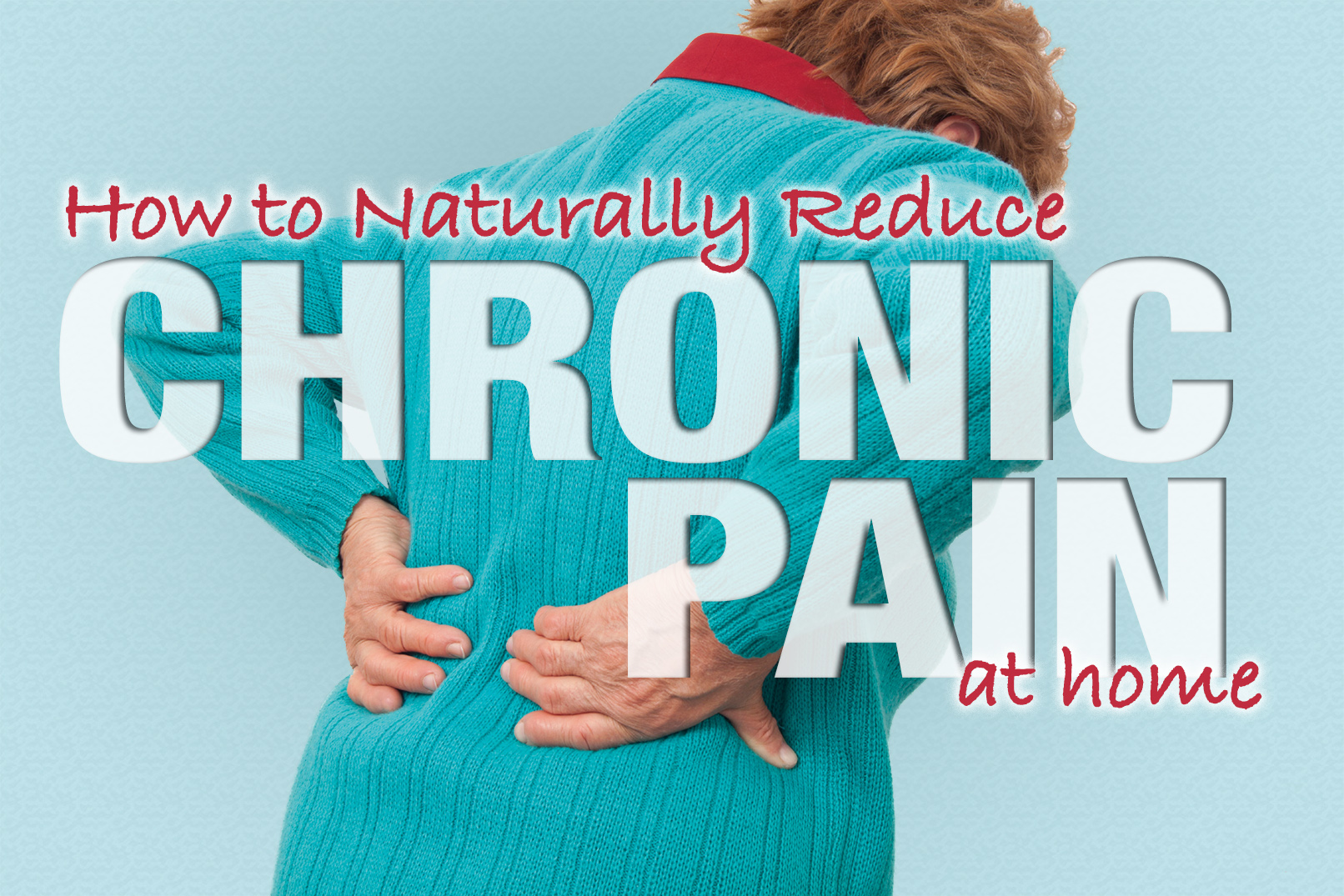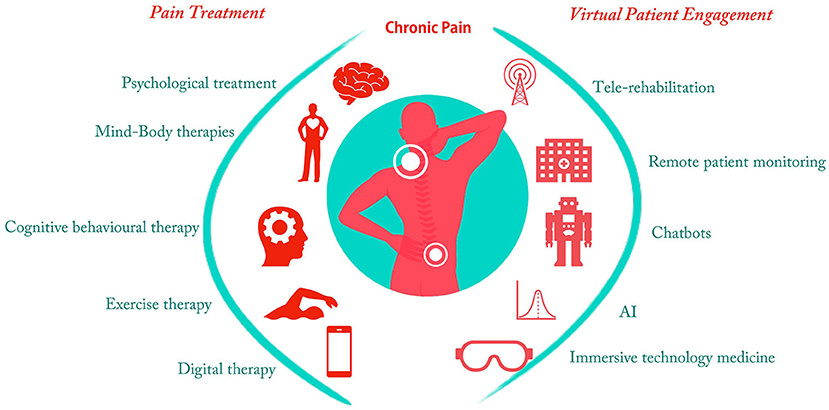
Who should try an anti-inflammatory diet?
There are numerous variations for how to adhere to an anti-inflammatory diet. Rather than focus on a strict list of recipes that must be followed, it may help to instead consider some basic guidelines: eat plenty of fruits and vegetables. Having at least 1 serving of vegetables at each meal, and 2 servings of fruit each day is typically recommended. 1 kohatsu w, karpowicz s. Antiinflammatory diet. In: rakel d, ed. Integrative medicine 4th ed. Philadelphia, pa: elsevier; 2018: 869-877. , 2 united states department of agriculture web site. Accessed february 6, 2018. , 3 dash eating plan. U. S. How do you know if you’re experiencing inflammation? This is a tricky one! you might not even realize you’re experiencing this type of hidden inflammation within your body, although some physical signs can clue you into it. “you could have redness, puffiness, skin rashes, swelling in your hands and feet,” she says. “you can also experience abdominal distention, when your pants feel tight around your waist. ”other clues can include fatigue, weight gain, achy joints and muscles, headaches and gastrointestinal issues. You may also be more prone to getting colds and the flu, and when you do get them,
read more →
Risks of Chronic Inflammation
Chronic inflammation poses serious long-term health risks, affecting hundreds of millions of people around the world. But you don’t have to sit back and allow inflammation to persist and cause damage to your body. Modifying certain lifestyle factors, especially diet, can significantly reduce chronic inflammation. Focus on eliminating inflammatory, omega-6-rich junk foods and processed sugars first — and replacing them with whole foods. Then you can gradually add potent anti-inflammatory foods — including berries, leafy greens, alliums, turmeric, ginger, nuts and seeds, cacao, and other inflammation-fighting foods — to your diet. Adopting an anti-inflammatory diet can help you stave off chronic disease and live a healthier, longer life. More on Diet & Weight Management Rather than focusing too much on specific foods, oliveira recommends two plant-based diets as guides for getting a range of anti-inflammatory foods: the mediterranean diet is a way of eating that’s based on the traditional eating habits of people in the mediterranean region, such as italy, greece, and spain. It emphasizes eating more whole foods than ultra-processed foods that contain many additives. The dash (dietary approaches to stop hypertension) diet is a nutrition plan designed to help heart health. It emphasizes nutrient-rich, whole foods
read more →
8 natural supplements to help fight inflammation
Uses: reduces inflammation, supports immune system forms: tablets, lozenges zinc is one the effective natural anti-inflammatory supplements that support your immune system. Its anti-inflammatory properties reduce pain, oxidative stress, and inflammation. It also lowers the risk of cancer and reduces infection rates by 66%. Its recommended dose is 8 mg for women and 11 mg for men. If you take more than 40 mg a day, it will reduce the level of your good cholesterol and lower your immune function. Moreover, zinc can interact with diuretics, certain antibiotics, and calcium. So if you are taking any of these drugs, consult your doctor before taking zinc supplements. Some natural supplements, such as omega-3 fatty acids, curcumin, and zinc, may help fight inflammation. However, some anti-inflammatory supplements may work better than others. Inflammation is the body’s response to irritation, infection, and injury. Short term inflammation protects the body, while chronic inflammation can lead to long term pain and damage, such as in arthritis. Anti-inflammatory medications help fight pain and chronic. However, these drugs are not safe for everyone, and extended use can lead to complications and side effects. In this article, we describe some of the most effective anti-inflammatory supplements that people
read more →
Do pain-relief medicines cause side effects? 850
Otc medicines are medicines that you can buy without having a doctor’s prescription. Some types of otc pain-relief medicine are available from a pharmacy and some shops. These are usually for mild-to-moderate pain. There are 2 common types of otc pain medicines: paracetamol is often recommended as the first medicine to try, if you have short-term pain. Nonsteroidal anti-inflammatory drugs (nsaids) is a group of medicines that work by reducing swelling and inflammation, and relieving pain. These include aspirin, ibuprofen and diclofenac. While otc medicines are more easily accessed, they still carry risks. These medicines can sometimes cause unwanted side effects. When standard medicines and physical therapy fail to offer adequate pain relief, you may be a candidate for a surgical implant to help you control pain. When they are used, which is rare, there are two main types of implants to control pain: intrathecal drug delivery. Also called infusion pain pumps or spinal drug delivery systems. The surgeon makes a pocket under the skin that's large enough to hold a medicine pump. The pump is usually about one inch thick and three inches wide. The surgeon also inserts a catheter, which carries pain medicine from the pump to the intrathecal
read more →
What is chronic pain?
This clinical practice guideline updates and expands the cdc guideline for prescribing opioids for chronic pain — united states, 2016 (mmwr recomm rep 2016;65[no. Rr-1]:1–49]) and provides evidence-based recommendations for primary care and other clinicians (including physicians, nurse practitioners and other advanced practice registered nurses, physician assistants, and oral health practitioners) providing pain care, including those prescribing opioids, for outpatients aged ≥18 years with acute (duration of 3 months) pain. Recommendations on use of opioids for acute pain and on tapering opioids for patients already receiving opioid therapy have been substantially expanded in this update. These recommendations do not apply to patients experiencing pain associated with the following conditions or settings: pain management related to sickle cell disease, cancer-related pain treatment, palliative care, and end-of-life care. Chronic pain is a very common condition and one of the most common reasons why people seek medical care. In 2021, about 20. 9% of u. S. Adults (51. 6 million people) experienced chronic pain, according to a study from the u. S. Centers for disease control and prevention (cdc). Pain is your body’s way of telling you that something’s wrong, like an alarm. But when that alarm continues to go off for
read more →
Chronic pain: Medication decisions
If you have chronic pain, it may be helpful to ask your healthcare provider the following questions: what’s causing my pain? will it go away? if not, why not? what kinds of medications can i take? what are their side effects? should i try physical or psychological therapy? is it safe to exercise? what else can i do to relieve my chronic pain? should i call you if it gets worse?. Some medications commonly prescribed to manage depression and prevent seizures have been found to help relieve chronic pain. This is true especially for chronic nerve pain. They may help relieve back pain, fibromyalgia and diabetes-related nerve pain, known as diabetic neuropathy. Because chronic pain often worsens depression, antidepressants may offer the extra benefit of treating mood symptoms. Generic (brand) names. Tricyclic antidepressants used in the treatment of chronic pain include amitriptyline and nortriptyline (pamelor). Serotonin and norepinephrine reuptake inhibitors, known as snris, that may be prescribed to relieve chronic pain include duloxetine (cymbalta, drizalma sprinkle), venlafaxine (effexor xr) and milnacipran (savella). Bioelectric therapy relieves pain by blocking pain messages to the brain. Bioelectric therapy also prompts the body to produce chemicals called endorphins (endorphins are also released by exercise) that decrease or eliminate painful
read more →
Do pain-relief medicines cause side effects?
Otc medicines are medicines that you can buy without having a doctor’s prescription. Some types of otc pain-relief medicine are available from a pharmacy and some shops. These are usually for mild-to-moderate pain. There are 2 common types of otc pain medicines: paracetamol is often recommended as the first medicine to try, if you have short-term pain. Nonsteroidal anti-inflammatory drugs (nsaids) is a group of medicines that work by reducing swelling and inflammation, and relieving pain. These include aspirin, ibuprofen and diclofenac. While otc medicines are more easily accessed, they still carry risks. These medicines can sometimes cause unwanted side effects. When standard medicines and physical therapy fail to offer adequate pain relief, you may be a candidate for a surgical implant to help you control pain. When they are used, which is rare, there are two main types of implants to control pain: intrathecal drug delivery. Also called infusion pain pumps or spinal drug delivery systems. The surgeon makes a pocket under the skin that's large enough to hold a medicine pump. The pump is usually about one inch thick and three inches wide. The surgeon also inserts a catheter, which carries pain medicine from the pump to the intrathecal space
read more →
Pain Management: Treatment Overview
Clinicians can have challenges distinguishing between opioid misuse behaviors without opioid use disorder and mild or moderate opioid use disorder (352). For patients with opioid misuse that does not meet criteria for opioid use disorder (e. G. , taking opioids in larger amounts than intended without meeting other criteria for opioid use disorder), clinicians should reassess the patient’s pain, ensure that therapies for pain management have been optimized (see recommendation 2), discuss with patients, and carefully weigh benefits and risks of continuing opioids at the current dosage (see recommendation 5). For patients who choose to but are unable to taper, clinicians can reassess for opioid use disorder and offer buprenorphine treatment or refer for buprenorphine or methadone treatment if criteria for opioid use disorder are met. See your healthcare provider if: pain worsens or comes back after treatment. You have unpleasant side effects of pain management therapies. You feel anxious or depressed. You’re having trouble sleeping because of pain. Pain is keeping you from enjoying your usual activities. Bioelectric therapy relieves pain by blocking pain messages to the brain. Bioelectric therapy also prompts the body to produce chemicals called endorphins (endorphins are also released by exercise) that decrease or eliminate
read more →